By Cassidy Ruge
Age: 13
11/8/07
There are many food chains in the world. One of them is in Yellowstone National Park. A food chain is a series of organisms that rely on each other for food. The one in Yellowstone is very unique in that it has one of the most intact and diverse ecosystems in the temperate world. But Yellowstone did not always have a stable and intact food chain.
In 1872 the Park first became a National Park. Unfortunately, hunting was allowed and even encouraged. The number of elk, wolves, coyotes, cut throat trout, and beavers went way down. Between 1904 and 1935, wolves and mountain lions were greatly hunted in the Park. When the hunting stopped in 1938, the population of wolves was completely wiped out and only a few mountain lions survived. Even foxes, lynx, and bobcats were targeted.
In 1886, soldiers were called into the Park to stop poaching and other things that threatened the Park’s wildlife. They did a very good job of protecting the elk and the deer, but the shooting of predators continued, and predators were pretty much extinct from the Park. Part of that was that farmers near the Park feared that wolves would kill their livestock and shot wolves that got near their livestock.
Before Yellowstone opened, the ecosystem was stable and there were predators. Elk foraged warily and moved often because wolves and mountain lions had strong populations. Because the elk were controlled, the beaver population had enough trees and greens and their population was healthy.
Once Yellowstone Park was discovered, the people hunted out the predators, and there wasn’t a stable food chain. The food chain suffered because the elk did not have any predators so their numbers were too big. The elk destroyed young trees and stayed in places that they would not have if they had predators. The beaver population in the Park plummeted because the elk were eating all the trees around the ponds so the beavers didn’t have any trees to eat and make dams. The absence of beavers also affected fish and insects because they relied on beaver ponds for food and other stuff. The whole process of the lack of predators and how it affects the rest of the food chain is called a Trophic Cascade.
Thirty-one wolves were re-introduced to Yellowstone Park in 1995, the year I was born. When the wolves got back into their environment, the food chain gradually became intact again. Elk fed warily and moved more often and stayed away from the beaver ponds and the trees made a come back. Beavers returned to the Park and thrived in ponds, although not nearly as many as before. Also, Rangers sometimes killed elk when the population got too big.
I do hope that Yellowstone’s ecosystem stays intact from now on, and the reintroduction of wolves and the comeback of other predators will have a lasting impact on the food chain.
Resources:
1. “TheTrophic Cascade”, by Todd Henry, Yellowstone Discovery Newspaper (Volume 21, Number 2, Summer 2006)
2. Yellowstone Resources and Issues, 2007, An Annual Compendium of Information about Yellowstone National Park.
The view west from the homestead
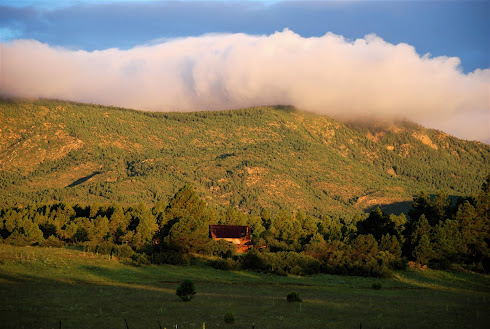
Sweet Chance

Thursday, November 15, 2007
Subscribe to:
Post Comments (Atom)
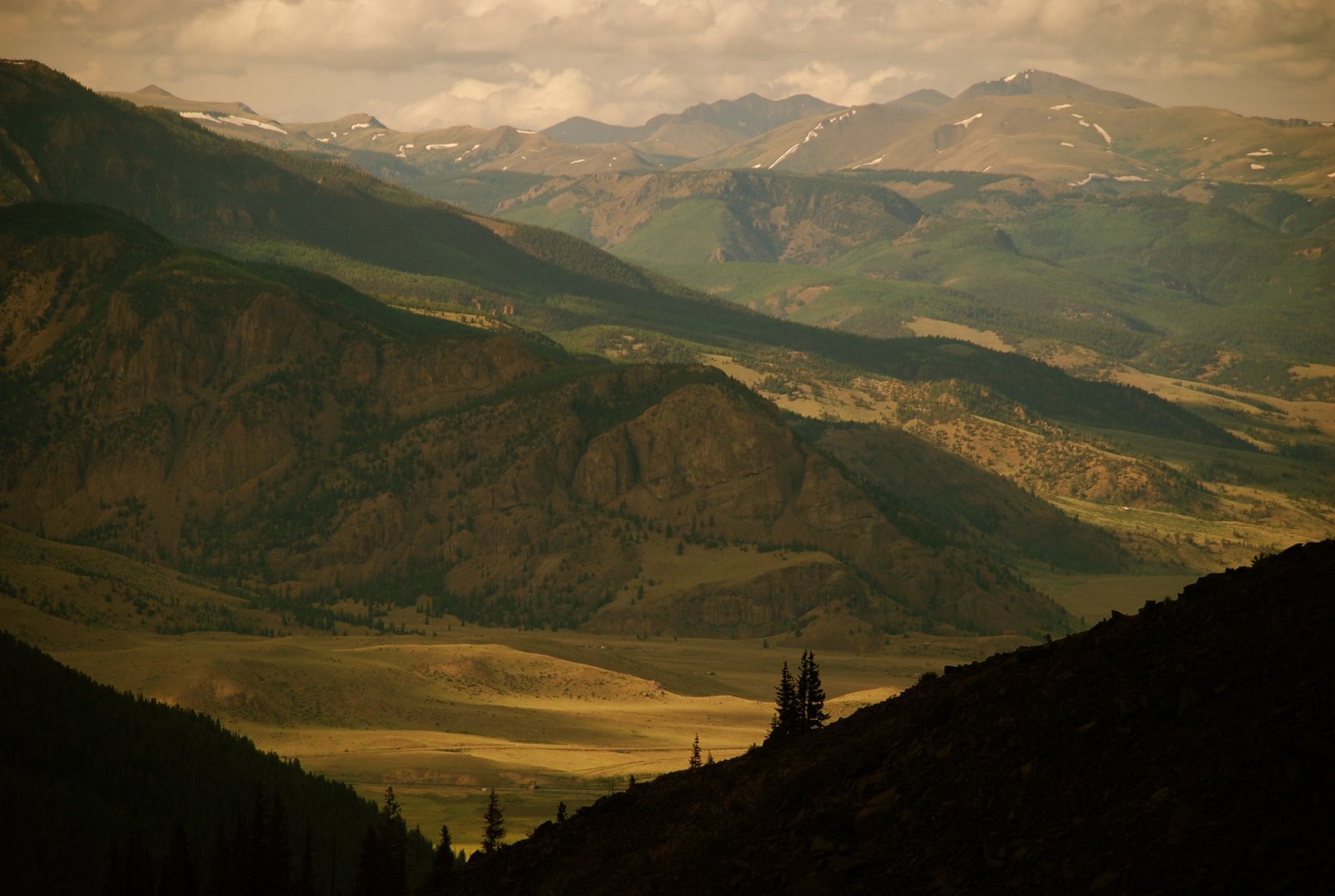




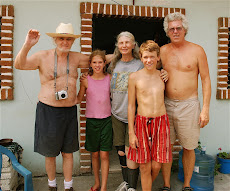

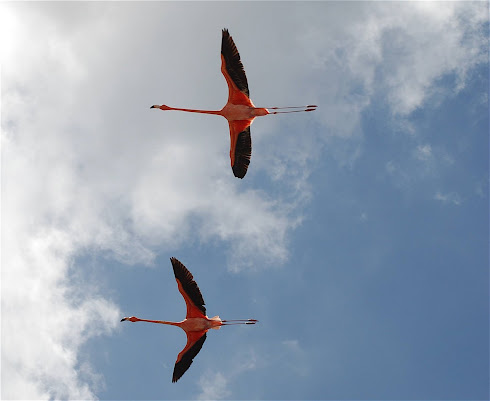
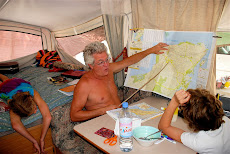


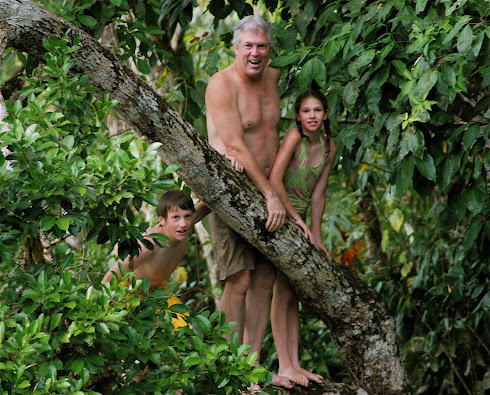




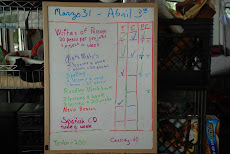



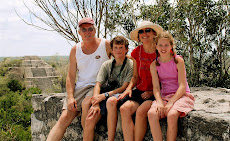

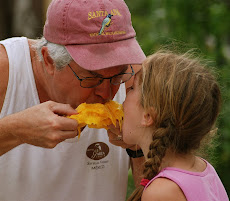

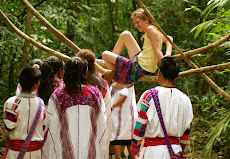


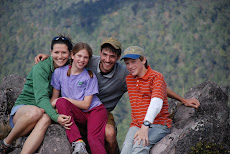

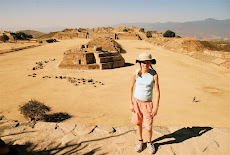










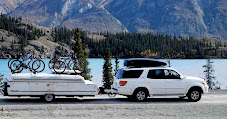

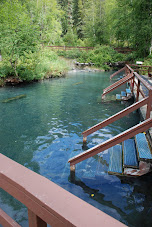

6 comments:
does anybody know where i can get a picture of the yellowstone national park food web?
Yeah, I'd like to know where to find a picture of the Yellowstone National Park food CHAIN, not web. There is a total difference.
I agree with "Lexi". Need this for a school project!!!
yea lexi is right
yes!! I need one too
Post a Comment